What happens when your office doesn’t give you a dress code? Learn how to navigate this tricky situation without feeling out of place in the workforce.
Consider The Work You’re Doing

When choosing what to wear
Think About Your Daily Role
Before looking at what you want to wear, consider your role in the company. If you’re on your feet all day or need a longer range of motion than someone who sits at a desk all day, it is okay to sacrifice form for function and comfort. If you handle IT in your company, blowing dust off your PC tower isn’t a good idea in a three-piece suit. If you’re constantly walking long distances, you might prefer rubber soles over leather ones or maybe even sneakers.
What Are The Expectations For Your Type Of Work?
Even if you’re in a more typical office environment, there are other factors to consider. If you’re in a more client-facing position, there will be a lot of expectations on how you look since you’ll be representing the company during meetings.
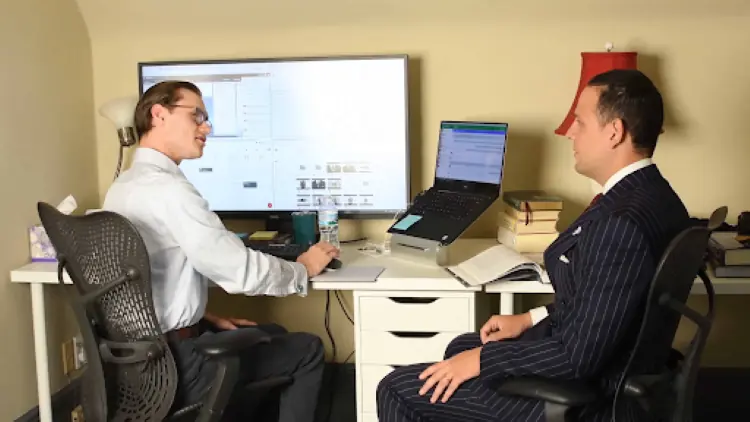
Meanwhile, there are fewer expectations for those who are working behind the scenes. If you are working with people below you on the ladder, you might be expected to look like an authority figure and, thus, want to appear more formal—though a modern CEO might feel otherwise. The type of profession that you’re in is also a huge factor.
For example, a lawyer, doctor, or other white collar office is going to have different expectations than a creative office. After all, you’re going to be a little thrown off if your lawyer is wearing a graphic tee or no pants and flipflops, for that matter.


In short, the practical expectations for what you do will have a massive impact on what makes sense to wear.
Typically, It’s Business Casual
With all these expectations in mind, here’s what we would recommend for a stand standard work environment with no dress code. Chances are it’s casual or business casual.
With dress codes blurring and becoming more and more relaxed, it is tricky to nail down exactly what a business professional is supposed to wear in a contemporary work environment. Normally, if business formal is expected in your office, that will be made clear upfront when you take the position. However, the vast majority of companies now operate under an elusive business casual dress code, which you can learn how to pin it down in our guide.
Business Casual Explained
It’s safe to say, though, that everyone’s definition of business casual will differ, and what one person may wear during the weekend at a park could be a formal dress code for someone else. It’s a khaki-chino world, after all.
You can get a good idea of what will be expected by considering what the people interviewing you are wearing; however, interview attire is usually more formal than what someone would wear on a daily basis, even if the dress code is business casual.
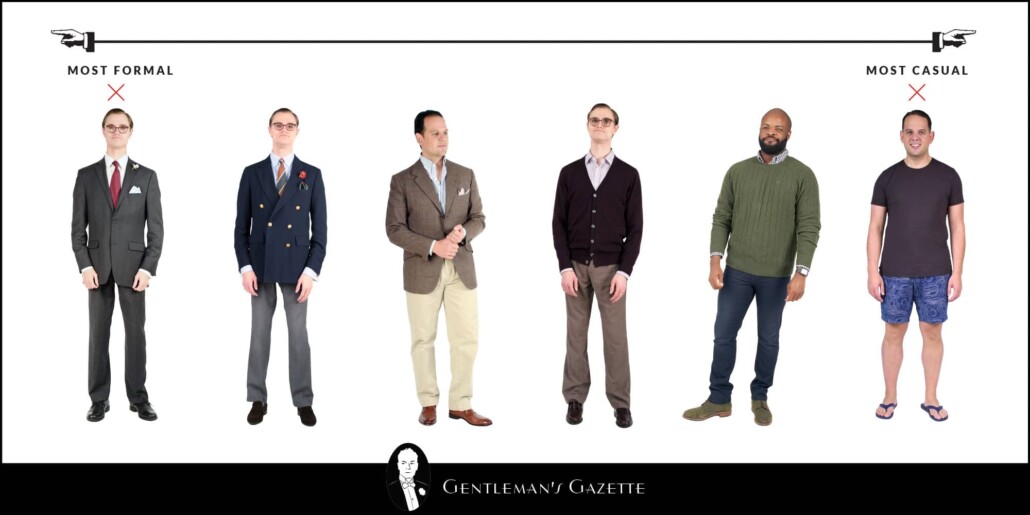
The next best thing is to observe the people in your office. If most people are wearing collar shirts in slacks, then that’s probably what you’re expected to wear; plus, it’s totally okay to ask a veteran employee in the office for some guidelines. Even if you don’t get a clear answer, it is always best to overdress than underdress, and it’s fine if you dress a little nicer than everyone else on your first day, leading to our next point
Test The Waters On Your First Day
On your first day at the office, it wouldn’t seem strange if you’re dressed up more than usual. This is similar to the interview process, where you’re trying to set a good first impression.
Consider wearing a more formal business-casual ensemble or maybe even business attire and see how people will respond to it. If the reactions are positive or neutral and you aren’t sticking out like a sore thumb, this level of dress is likely fine, and you can continue dressing this way without causing a fuss.
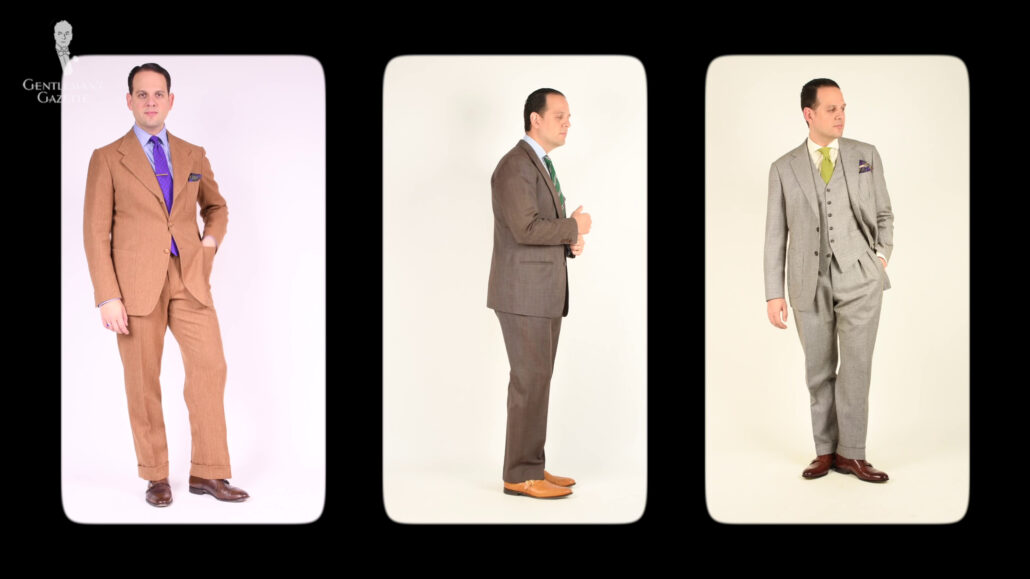
In the unlikely event that the reactions are negative, you can adjust accordingly, perhaps taking off a tie or a jacket to blend in better. In the modern age, exposing your dress shirt does not mean you’re in your underwear anymore.
Consider Dressing Just One Formality Level Higher
If you don’t want to stand out too much, dress just one formality level higher. Once you pin down what the unspoken dress code is, but if you still want to dress in a classic way, try to be only one level higher on the formality scale. In other words, if everyone else is wearing a T-shirt and jeans, they’re definitely going to notice that you’re wearing a tuxedo.
Formality Scale
Even in the realm of business casual, there’s a certain range of formality before someone might start to question your outfit, and while some jobs may give you a lot more flexibility and, ultimately, won’t care how you dress, others will require a certain level of uniformity.
For example, if no one in your office wears a jacket, a sport coat, or a blazer might raise some eyebrows. however, a sweater or a cardigan may not. Meanwhile, if everyone’s wearing T-shirts and jeans, polos, and chinos are not much of a leap. You can even add in some more formal accessories if they’re done tactfully with a more relaxed dress code.
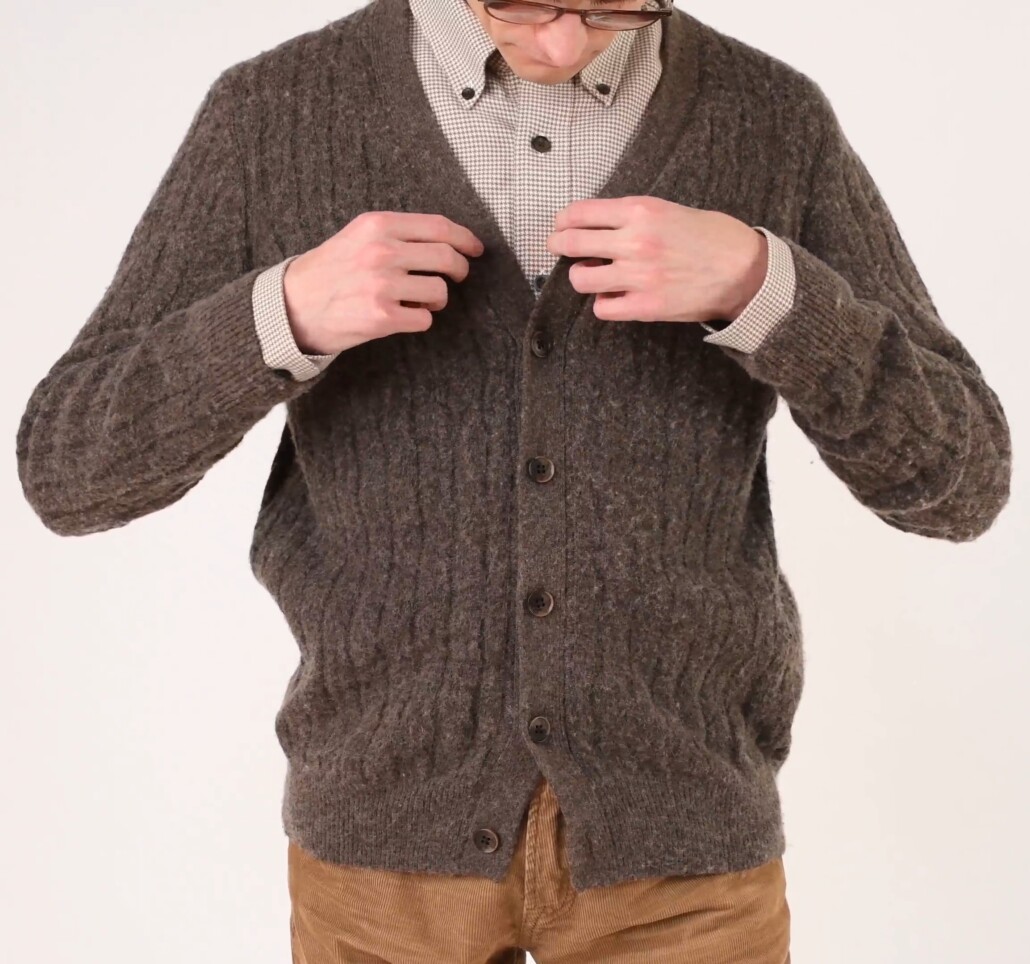
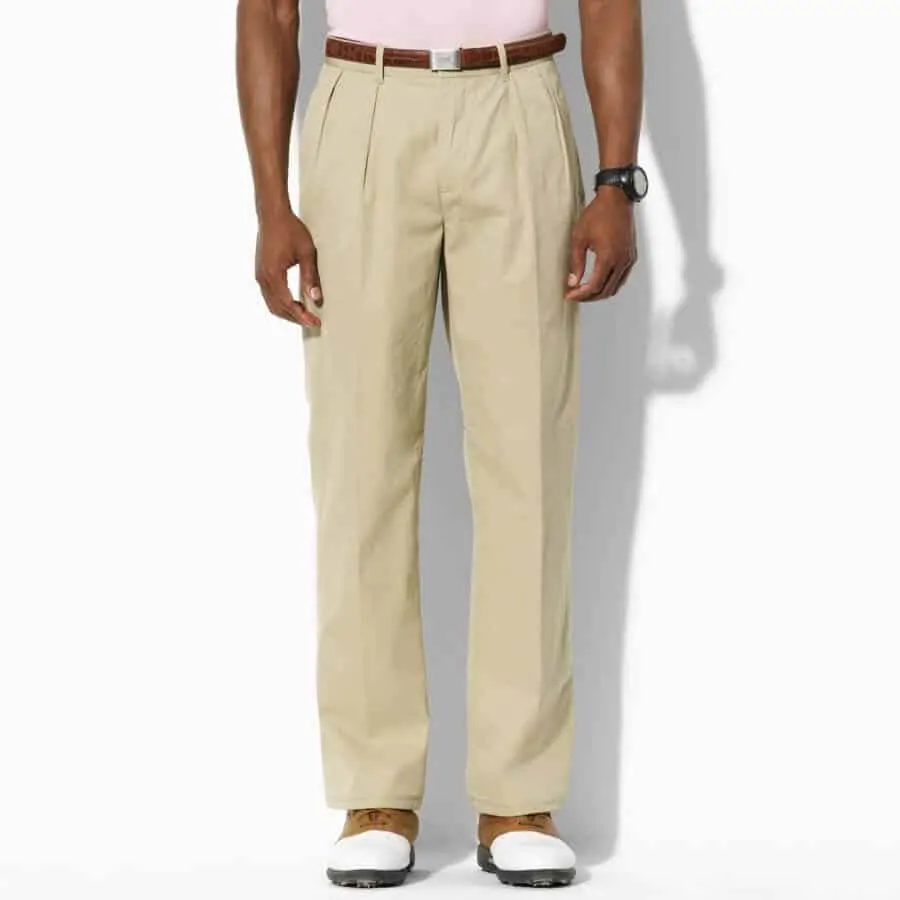
Classic menswear doesn’t mean you have to wear a suit all the time, after all. Collar shirts, sweaters, and casual ties are your friend.
Dressing one step up, of course, doesn’t apply if your office dress code is already business formal attire. You probably don’t want to dress up one more level of formality and show up to the morning meeting in morning wear.
You should be able to wear a knit tie without drawing too much attention to yourself, while a shiny silk one may be a different story. If you really wanted to, it might be okay to go against the grain, depending on your work environment. Just make sure your boss won’t take it personally.
How To Dress Up In The Office (When Others Don’t)
If you’re a major clotheshorse and work in an office environment where you won’t easily get dirty, you might wonder how formally you can dress when no one else does, or if you’ve been in that work environment for a long time, you might wonder how your co-workers would react to sudden changes in your style. It’s possible to make those changes without standing out in a bad way, but you have to have courage.

Dress up and Express yourself
With courage and confidence
It is easier to do it in a more creative environment since self-expression is usually a higher priority, but a finance startup in Silicon Valley, for example, will usually have a lot of associations with someone in a suit, no matter what kind of suit it is, and it might be difficult to overcome those stereotypes since you want to make sure you’re never disregarded for those promotions or other career opportunities.
Test the Waters Gradually
The best way to do this is by testing the waters gradually with your formality. For example, if you usually wear a polo, start wearing a dress shirt in slacks, then introduce a sport coat a few months later.
If you gain a reputation in the office as a snazzy dresser, people will be far less likely to question why you are dressed up since it’s been made clear that it’s a part of your personality.
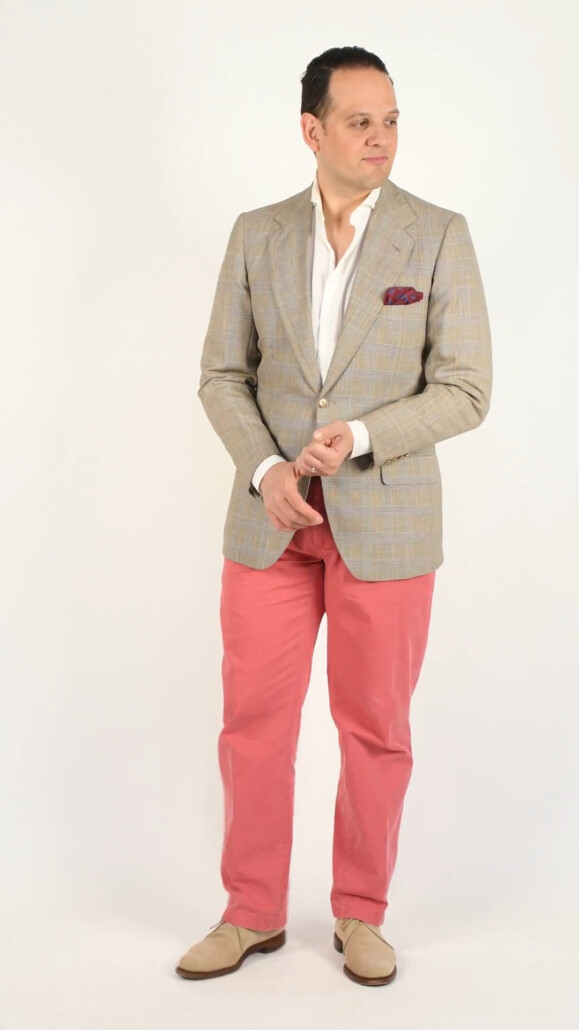

Plus, if you opt for something more fun, like a bold plaid suit instead of a regular plain navy, it’s clearly not an interview outfit to most, and people will assume it’s just something you enjoy. Even taking off your jacket for most of the day, unless you’re at a more formal event like a meeting, will probably make you appear more approachable, and when people ask questions and make comments about your outfits, you can even have some light-hearted responses in mind.
One of Preston’s favorites is “Look good, feel good.” You can learn more about dressing up when others don’t in our guide.
How To Dress Up When Others Don’t
Body Language And Confidence Is Everything
Ultimately, the key to pulling off your office style really comes down to being comfortable in your clothes. This will make it clear to others that you’re not showing off or trying to be superior to everyone else. People can pick up on the energy that you’re giving off, which can make the difference between being snobby or fun to be around.
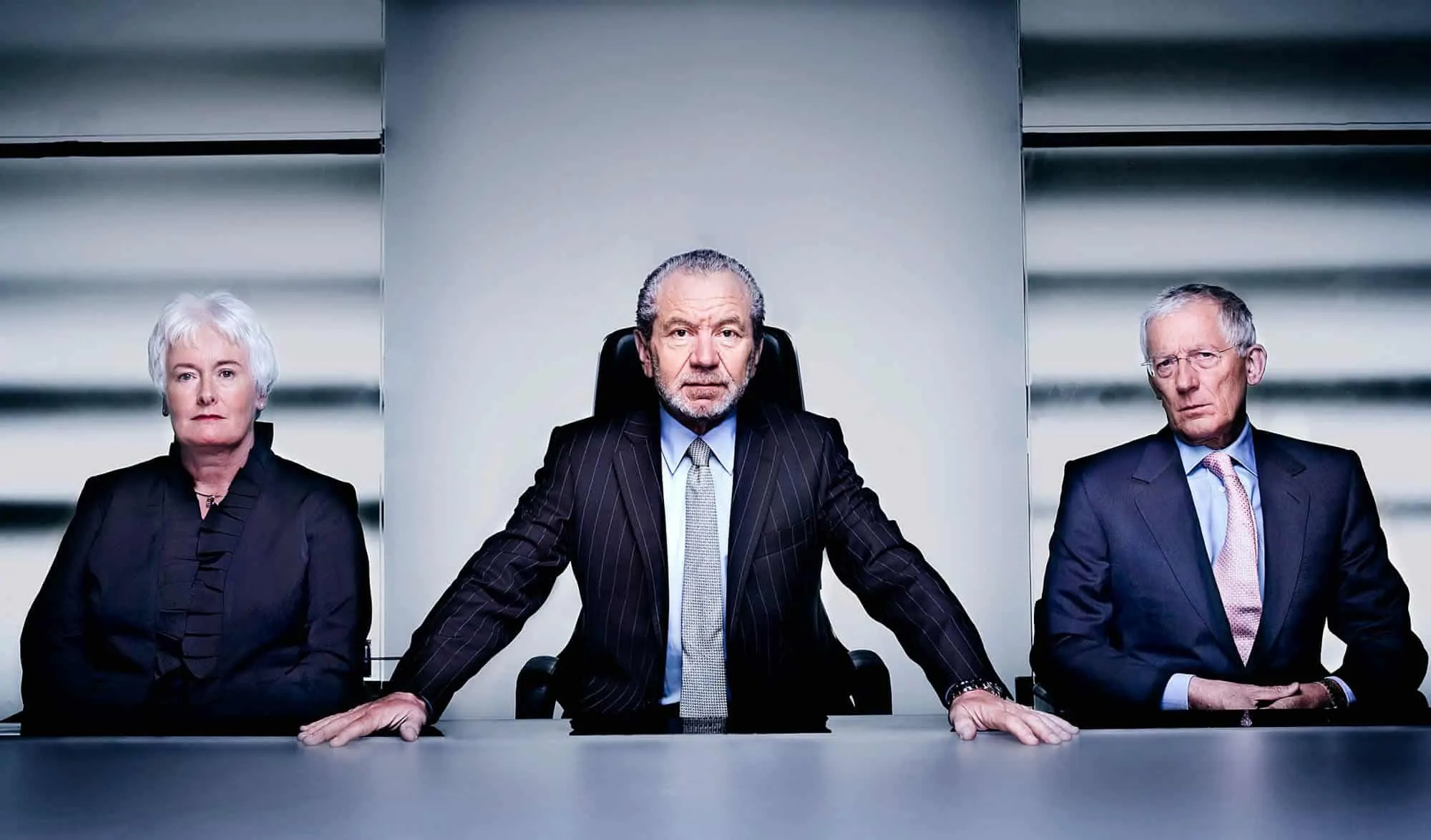
Confidence is very much a skill that takes practice, which is why we suggest you gradually build up your ideal wardrobe at work since you might still be self-conscious if you aren’t used to wearing more formal clothing at work and will need to ease into it if you haven’t been doing it for a long time. If you want to learn more about office etiquette or body language, we’ve got a guide that has you covered!
Polite Ways to Sit, Stand & Walk
Conclusion
If you are still unsure about dressing up in the office, ask yourself these questions: Does dressing up make sense for my role? Does dressing up make sense within the office culture? Does dressing up make sense within the broader industry?
As an example here, if you’re working on an assembly line, do you really need to be wearing a suit? Also, is it likely that anybody would be threatened or offended if you were dressing up? And can you establish a relationship so that they don’t feel this way? It can be difficult to figure out how to dress up in many modern offices, but we hope this guide can clear things up and help you stand out in the best way possible while still being true to yourself.

What are your opinions on navigating office environments with no written dress code? Let us know in the comments!
Outfit Rundown
Today, David Sperber is wearing a green V-neck sweater with a simple, white collared shirt. For trousers, he is wearing light brown chinos. For a little added formality, he has added a dark brown tie. For shoes, he’s wearing a mid-brown full brogue, paired with brown socks with a green clock pattern from Fort Belvedere to complement the rest of the outfit. For a fragrance, David is wearing Derby by Roberto Ugolini.
FAQ
If my office doesn’t have a dress code, does that mean that I can wear whatever I want?
In most cases, no, it does not. Most professional office environments, especially in a white collar setting, have an understood minimum level of decorum that often goes, effectively, unsaid. This understood dress code represents the norms of the industry in which you work, as well as the culture of your individual office. It is important that you respect these norms, placing a particular emphasis on dressing appropriately to your own place of work.
Is business casual attire appropriate for a non-specific dress code environment?
Yes, business casual is often a safe bet for office environments without a strict dress code. This usually includes slacks or chinos, a collared shirt, and optional blazer or sweater. A simple suit in gray or blue, while on the more formal side of business casual, is also a safe option in most cases.
Can I wear jeans to a workplace with a relaxed dress code?
While some offices are fine with jeans, especially if they lean towards ‘smart casual’, it’s best to ensure they are in good condition and of a darker wash. Pairing jeans with a smart shirt or cardigan and quality shoes can elevate the look.
What types of footwear are considered acceptable?
Loafers, oxfords, or clean, minimalist sneakers are excellent options for an office environment. Always make sure your footwear is well-maintained and clean. Avoid wearing obviously athletic shoes, like sneakers or trainers: they are too informal for most office environs.
Are there any clothing items I should definitely avoid?
Regardless of the formality level, items to avoid include shorts, tank tops, flip flops, clothing with offensive logos or graphics, and anything overly revealing or worn out.
How can I gauge what to wear when starting a new job with no dress code?
It’s recommended to err on the side of more formal for the first few days while you observe what your colleagues are wearing. You can then adjust your wardrobe accordingly. You can determine some idea of what is likely acceptable based on what was worn during the interview process.
Will people judge me if I dress very formally for work?
Some people are negatively inclined to those who dress in an especially elevated way at work, often because they feel that snappy dressers are putting on airs, attempting to belittle others, or gunning for a promotion. If you wear your fine clothes with genuine confidence, however, and make it clear that dressing well is part of your personality, most people will be perfectly fine with whatever you opt to wear.
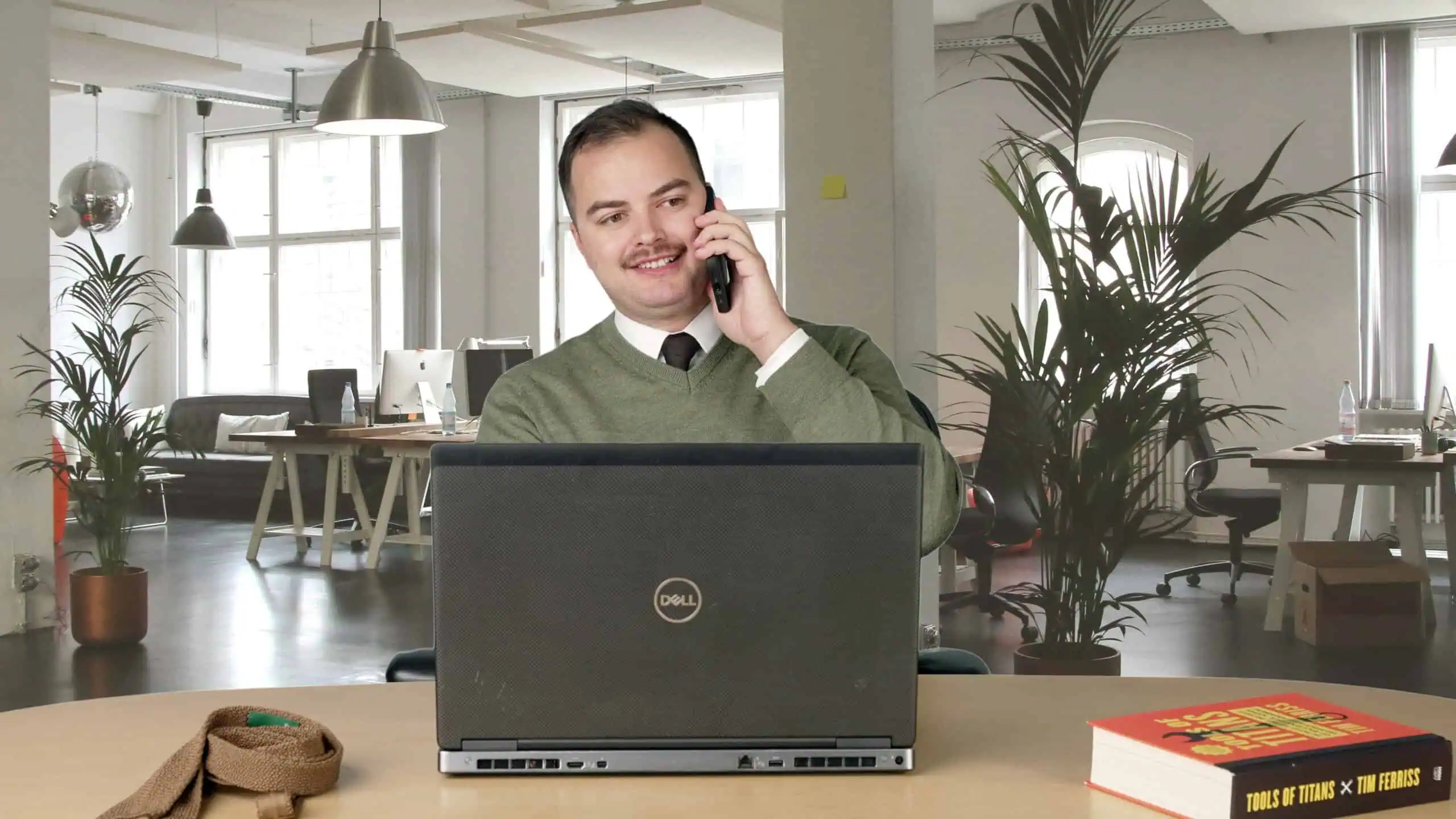
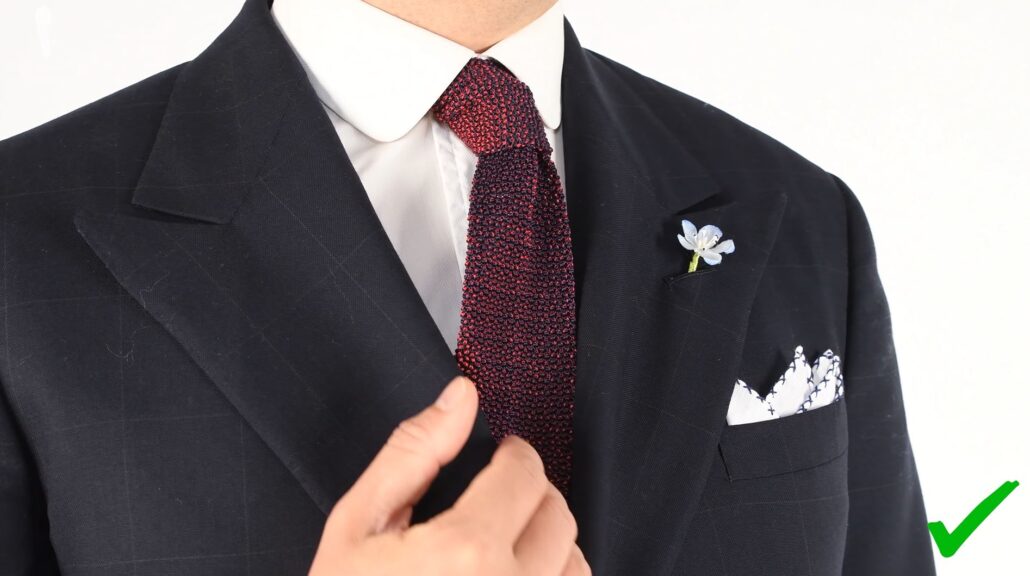
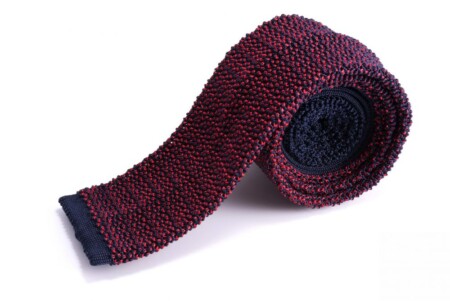

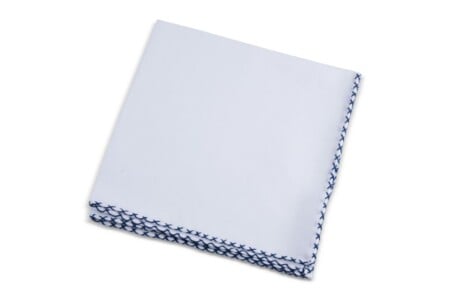
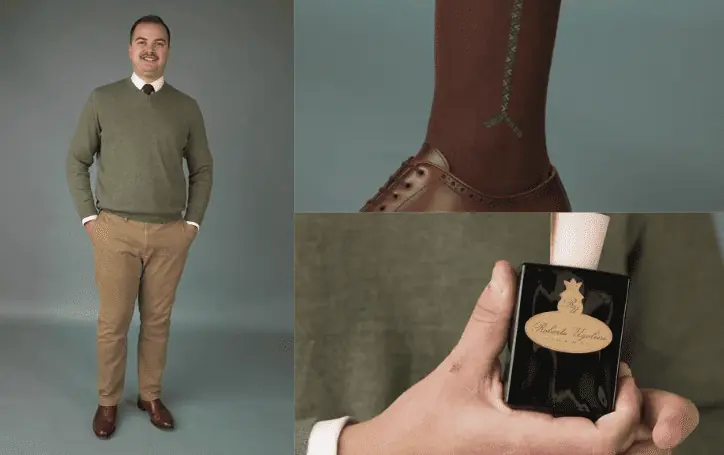
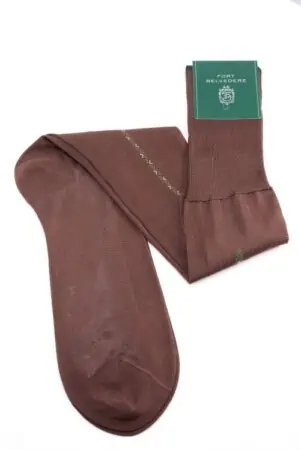
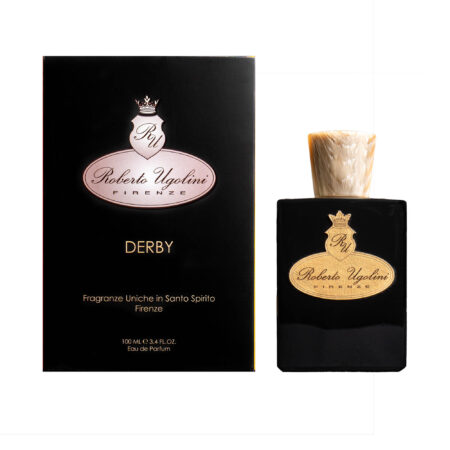
At my last job I broke most of these rules/suggestions.
I was required to attend annual conferences, and wore a tie to the first one.
Due to my stature, white hair and demeanor, others assumed I was the most senior person on our team.
This irritated my boss, however because of my particular skill level he couldn’t do much about it.
The next conference we attended, he had added a tie to his wardrobe, so I added a waistcoat, we got the same response.
Next trip I added a selection of bow ties and ascots, after which he gave up his attempts to compete in the fashion arena (I found it quite humorous).
I then started wearing these ensembles daily.
Although I’m now retired, I saw one of our former board members the other day, he offered me a position in his menswear store.
Nice.
My office has bounced forward and backward on this over the years (we’re an OLD company). The general manager when I first started had dumbed down the dress code to just “collared shirt and not sneakers”, as he didn’t quite come from the same refined circles earlier ones did (he’d started out in shirt and tie). Usually we ended up with jeans and work boots. For some of our jobsite work at the time, it was appropriate.
For the last fifteen years, I’ve spent most of my time in the office, and a more of my jobsite appearances these days lends itself more to a higher standard. I always insist on a bare minimum of khakis/chinos and dress shoes to go with the collared (usually dress) shirt for my everyday attire. I’ll often toss on a sport coat or nice sweater depending on the weather, and sometimes even a vest/waistcoat. I keep a few extra ties in a desk drawer in case something pops up. I do also keep a change of rougher-but-respectable clothing (and my work boots) handy if I get the odd need to go get dirty somewhere in a hurry, but it’s rare.
I’ve noticed one or two adopting the convention when they know they have a client meeting that would behoove better dress, but they haven’t yet gone for using it as an everyday code (yet). One of them has been wearing nice dress shoes more often, though. I think we may be back on an upswing.
I worked for a time in an office where shirts and ties were de règle, though chinos and slacks were OK. My job included seeing clients in the office in mornings, and in the field – literally – in the afternoon, as this was often at farms and ranches. Sometimes I was horseback. From the outset, I wore Wrangler jeans and boots to the office with my shirt and tie so didn’t have to change. I didn’t bother to ask, and no one ever said a word.
I work in a public clinic where they all dress poorly. I am the only one dressed professionally. Silk tie, dress shirt, pressed trousers and shined leather shoes. Same on Friday. Just because your job doesn’t have a dress code, you can still maintain standards.